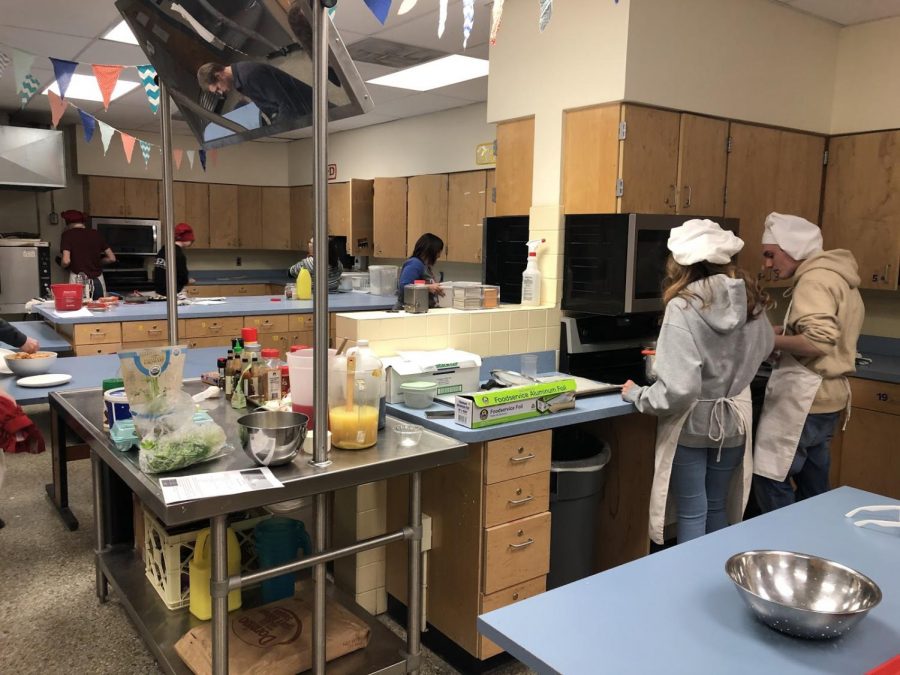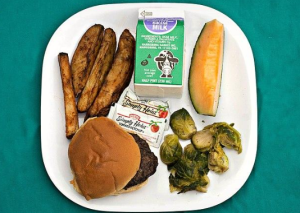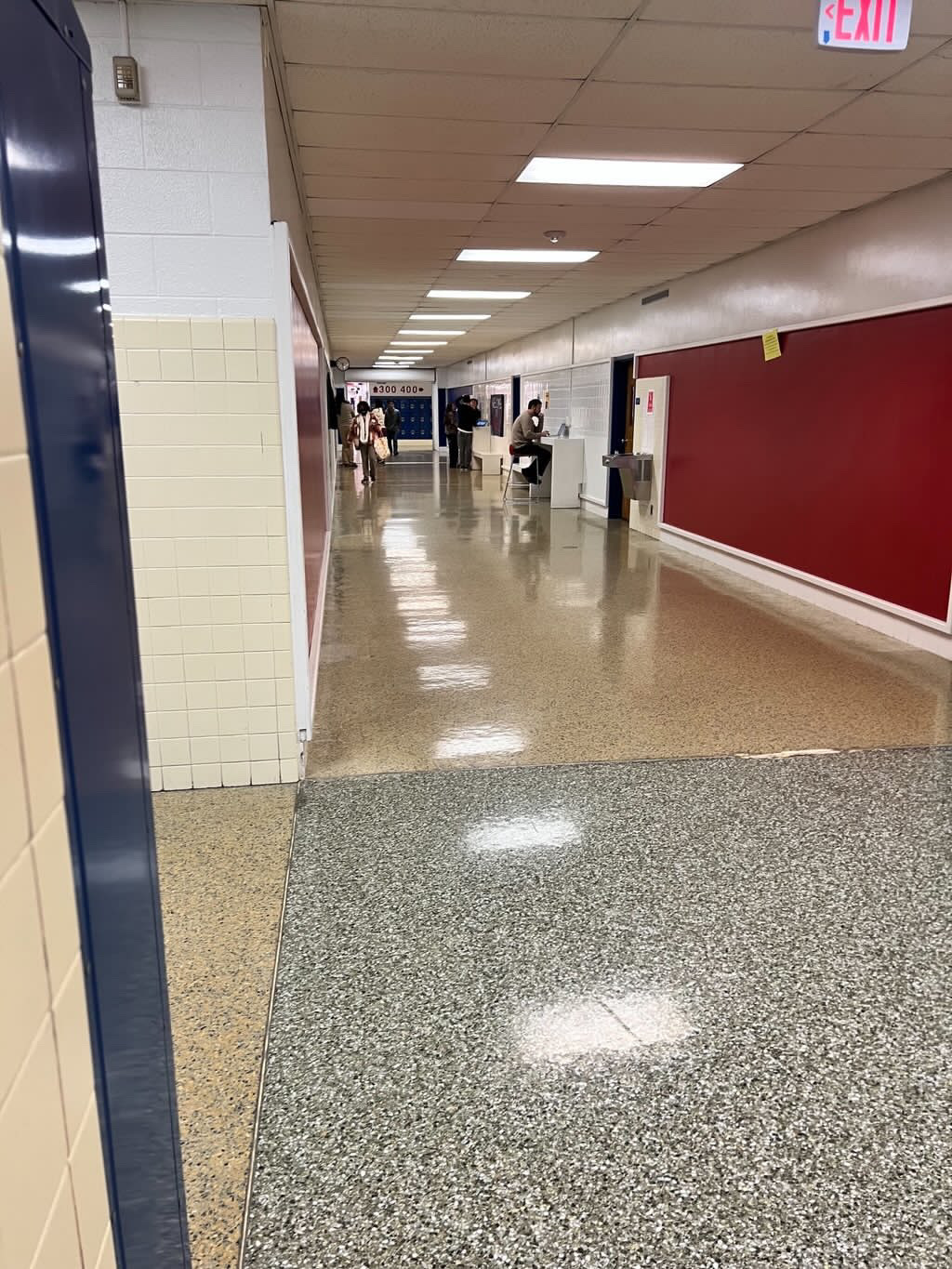Commitment to Catering: The Kempsville Students Who Cook
Students in catering making homemade Gnocchi with different sauces and toppings.
April 2, 2020
At monthly staff meetings, clubs, and faculty events, there is a line up of a wide variety of food. However, who makes the food? The answer is the catering students of Kempsville. To a majority of people, catering may only appear as making and serving food, but in reality, it goes beyond that. Kempsville offers a catering course, taught and run by Ms. Jennifer Edwards, a third-year catering teacher. The course teaches students workplace readiness skills, understanding kitchen safety and sanitation, understanding nutritional principles, applying food preparation techniques, baking fundamentals, teamwork, menu and event planning, shopping, pricing, costing out, and cooking recipes.
“To take catering, you must first complete Introduction to Culinary Arts,” said Edwards. “In catering, students build on the knowledge they learned in Introduction to Culinary Arts. Emphasis on demonstrating workplace readiness skills, understanding kitchen safety and sanitation, understanding nutritional principles, applying food preparation techniques and baking fundamentals. We also take a closer look at all aspects and opportunities offered in the catering and hospitality industry. It’s not just cooking… it could be event planning, hotel management, entrepreneurship, etc.”
In the course, students also study and prepare for the ServSafe Management industry credential test that is administered by the National Restaurant Association. Edwards pointed out that students who earn the credential earn between $0.50 and $2.00 more per hour when working in food.
Students also regularly compete in “chopped challenges” and create their own restaurant concept (along with a menu), which they then present towards the end of the year.
During the first semester of the school year, Edwards spends a fair amount of time teaching and showing her students how to plan for and prepare food for themselves, as well as for events.
“We make everything from scratch so I need to make sure students understand the basics before letting them create their own menus,” Edwards said. “At this point in the year, most of the students are doing all the work. They know how to plan and price out menus, set up, prepare and break down catering events.”
“Catering offers so many great life skills other than cooking such as workplace readiness skills: teamwork, menu and event planning, shopping, pricing and costing out recipes, and many more,” said Edwards.
She believes the course is extremely beneficial for students as it not only prepares them for the hospitality industry, but also teaches them how to prepare a variety of meals and baked goods for themselves.
“Eventually everyone shops for and prepares their own meals,” she said. “it’s good to know the basics.”
Mia Araujo, senior, is a culinary student.
“It is really a great experience because we find out food facts that we don’t even know. For example, you have to store potatoes in a dark area, said Araujo. “We also participate in events with a count that can range anywhere from 25 to 700 people.”
“I mostly chose it for the food – because who doesn’t love food? – but also the experience of what others do in the catering world.”
As Edwards also mentioned, catering is more than making and eating food.
“It is about the safety of actually preparing food for other people. The skills can be applied into everyday life like at home or in the restaurant world.”









